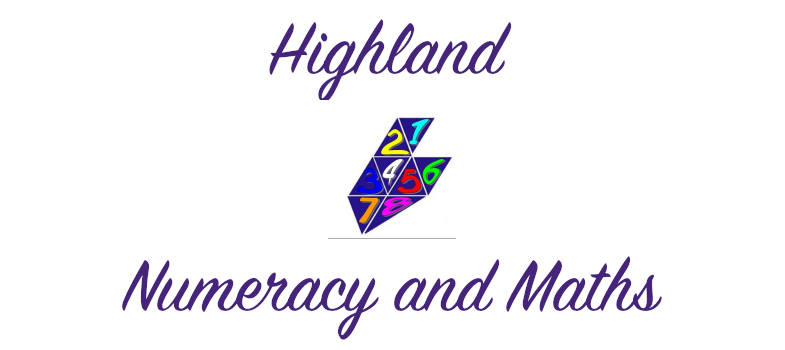10.1 Reflective Questions and Activities
If you are on the pilot for this course, ensure you have completed the post-training questionnaire. There was one for Part 1 and there is a second for Part 2.
This should be available through your Head Teacher (if you are doing this as a whole school) or will have been sent to you personally. You can contact sarah.leakey@highland.gov.uk if you need the link for this.
Activity:
Whether you are an individual doing this with your class alone or a school working on this together, now you have completed Part 1 and Part 2 of the diagnostic assessment training, it would be a good time to decide on the following:
- Do you wish to be notified when Part 3 is available? If so, email: sarah.leakey@highland.gov.uk
Although elements of data analysis has been explored throughout Parts 1 and 2, Part 3 will explore in more depth ways that the data can be analysed to:
- Group pupils for different reasons.
- Identify strengths, gaps and misconceptions at a class, group and individual level where appropriate.
- Better support your planning and teaching in order to address common gaps.
- Analyse the data in a way that explores how and why one area might be impacting on another area.
- Address the difficulties in an interconnected way as opposed to discrete blocks of teaching.
- How frequently will you complete the assessments?
The recommendation is no more than twice per year but this may be more frequent when being used to monitor an intervention for specific groups. - When will you complete the assessments?
Remember to consider implications relating to the measurement of performance vs. learning that were explored in Part 1.
Remember to consider whether the timing will allow you to act on the information. - How will this be a manageable task for teaching staff?
- How will you ensure the rich information obtained is used to inform planning and teaching rather than just used as a summative assessment?
- What are the benefits you see from embedding the diagnostic assessments?
- What are the challenges and how could these be minimised or overcome?
